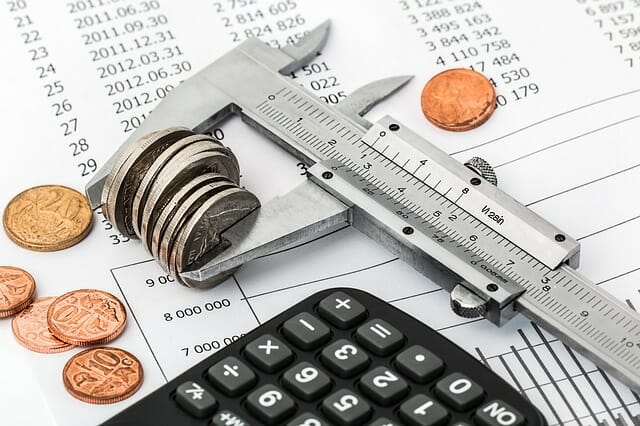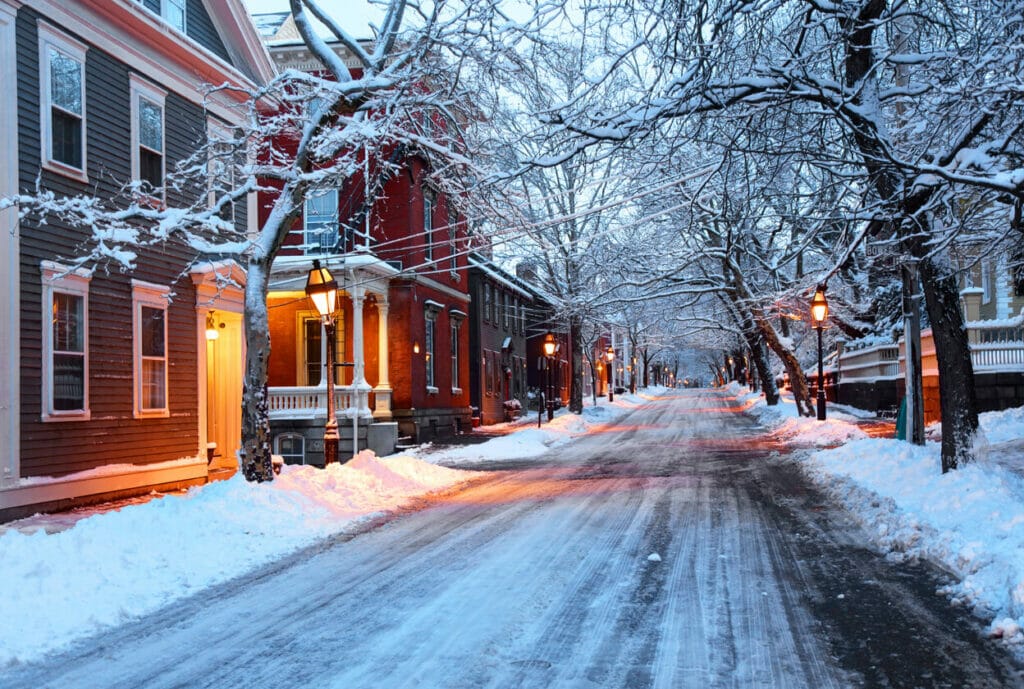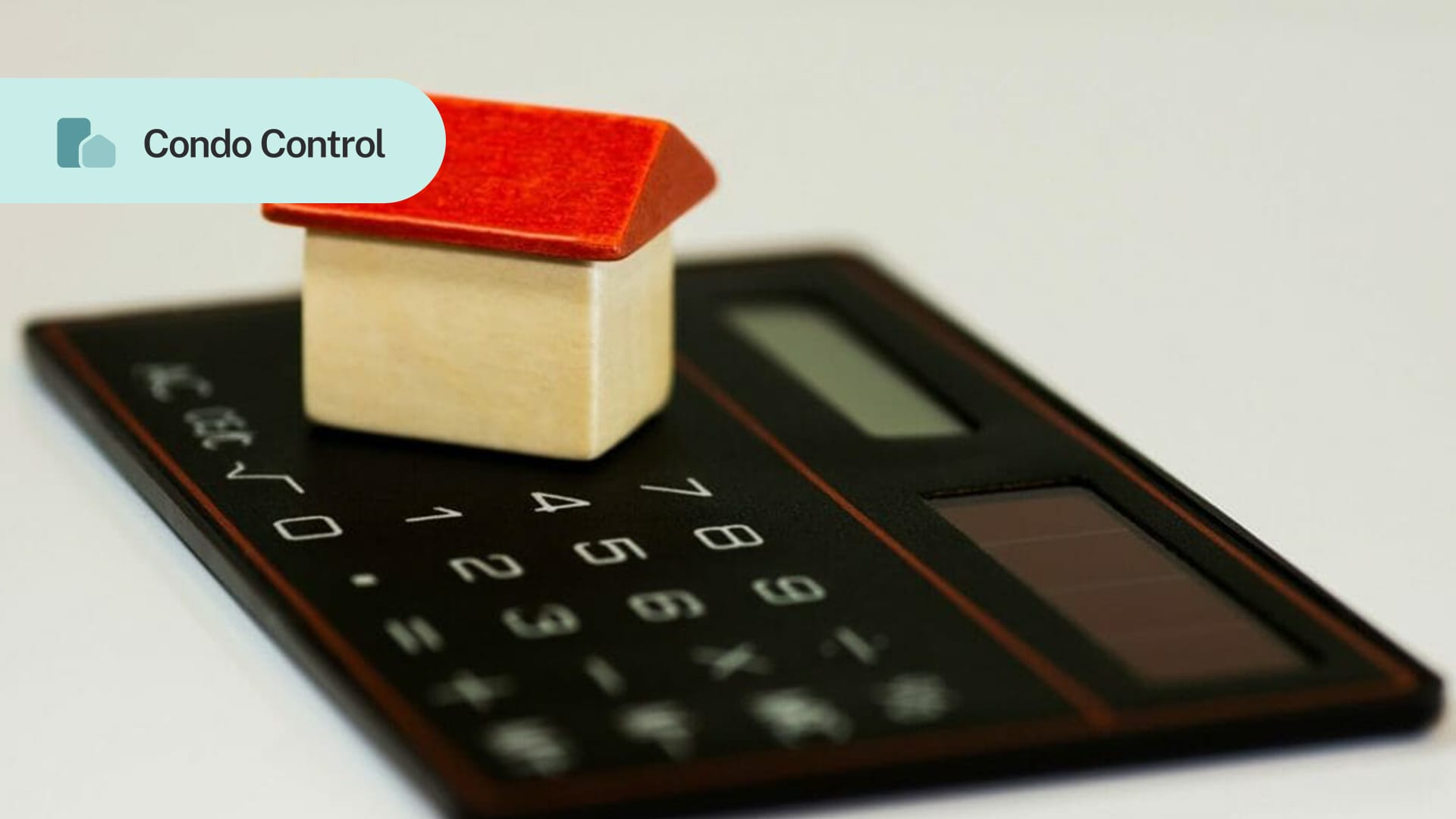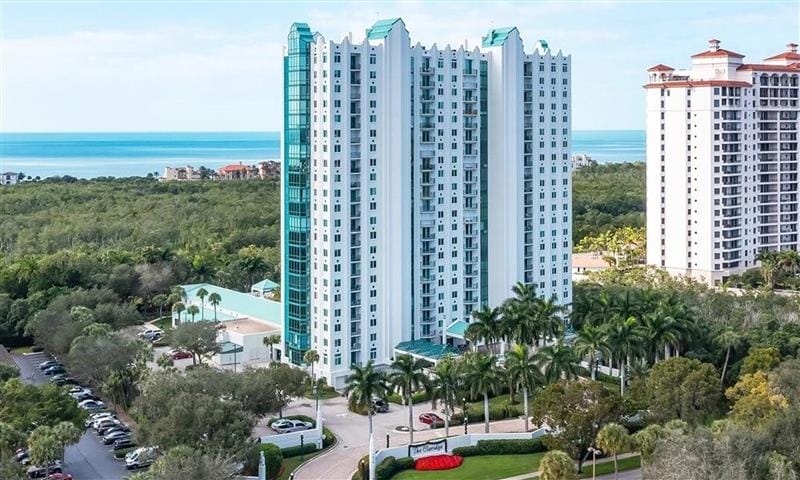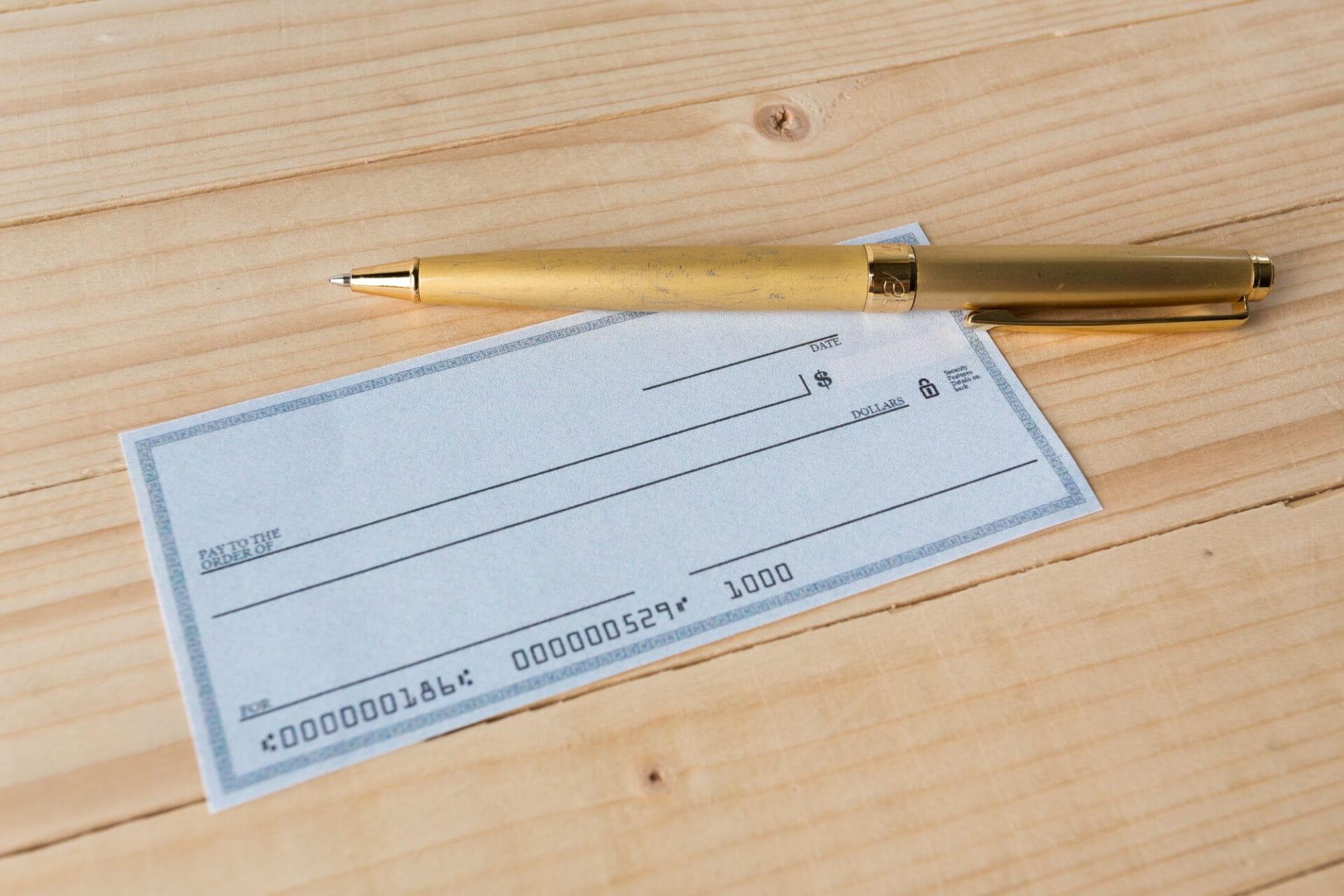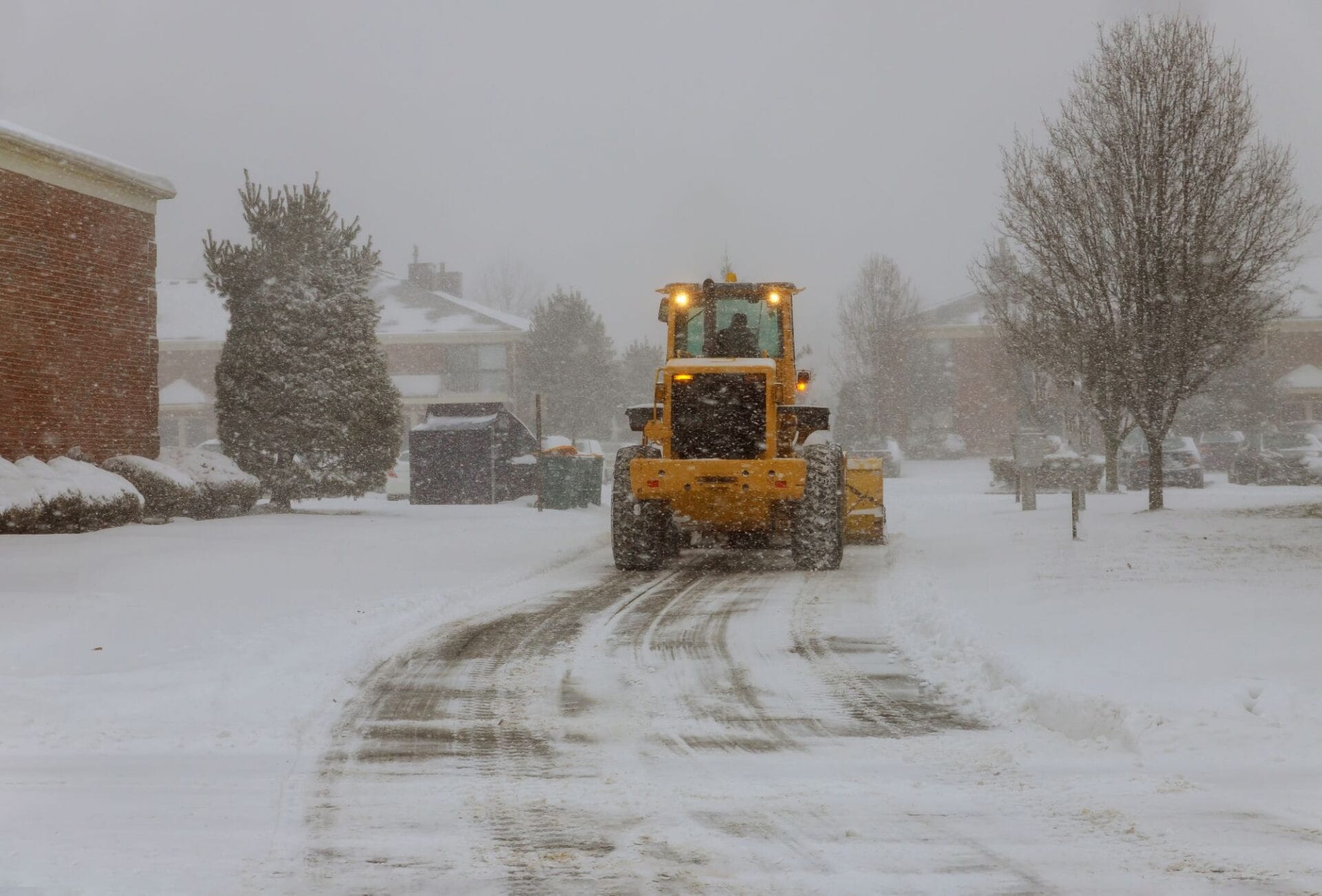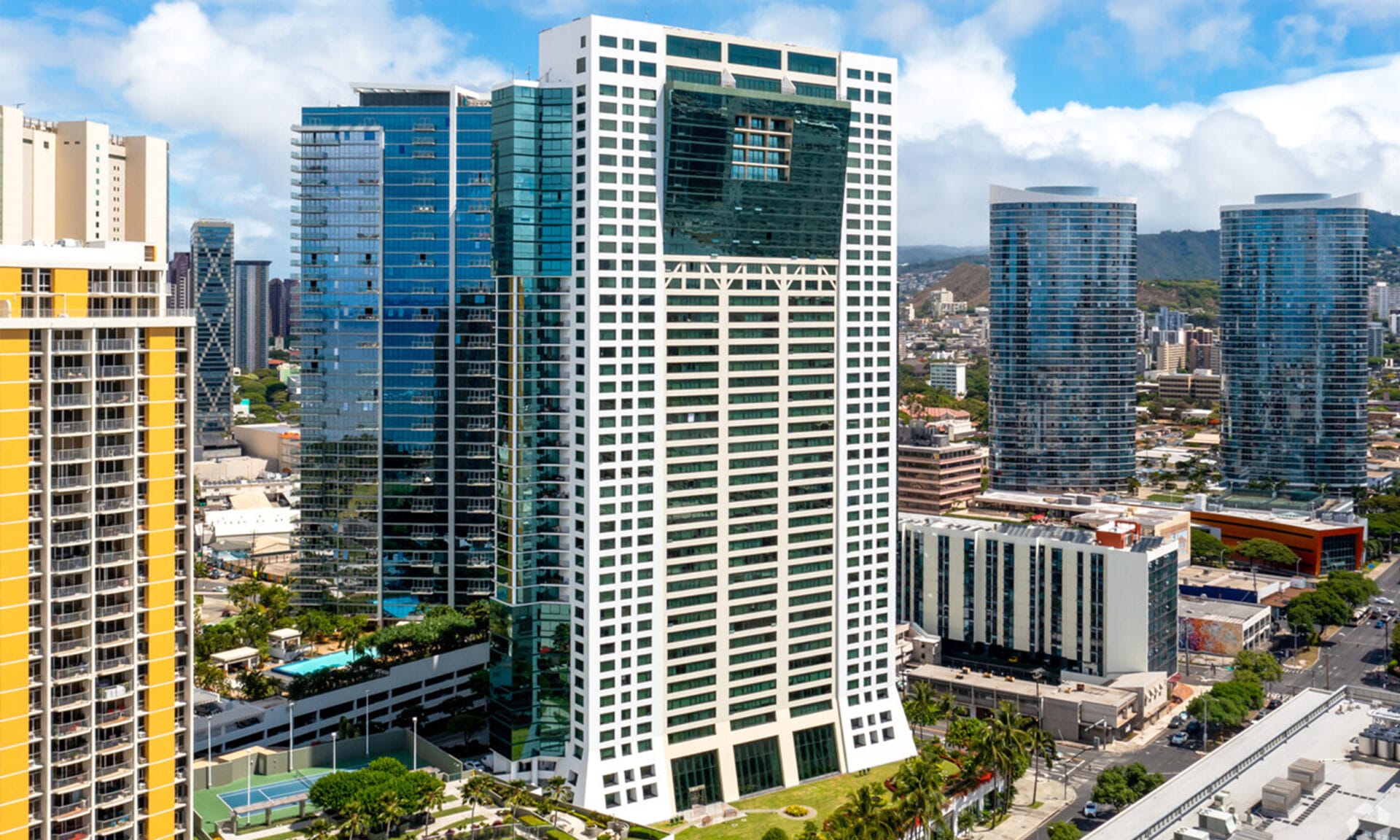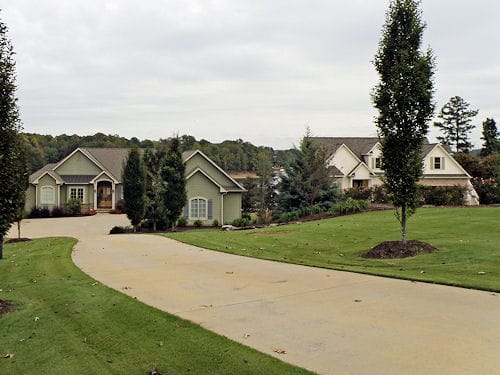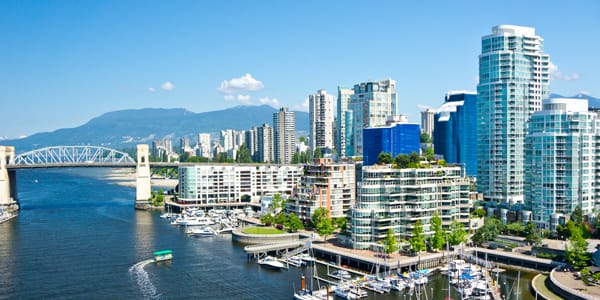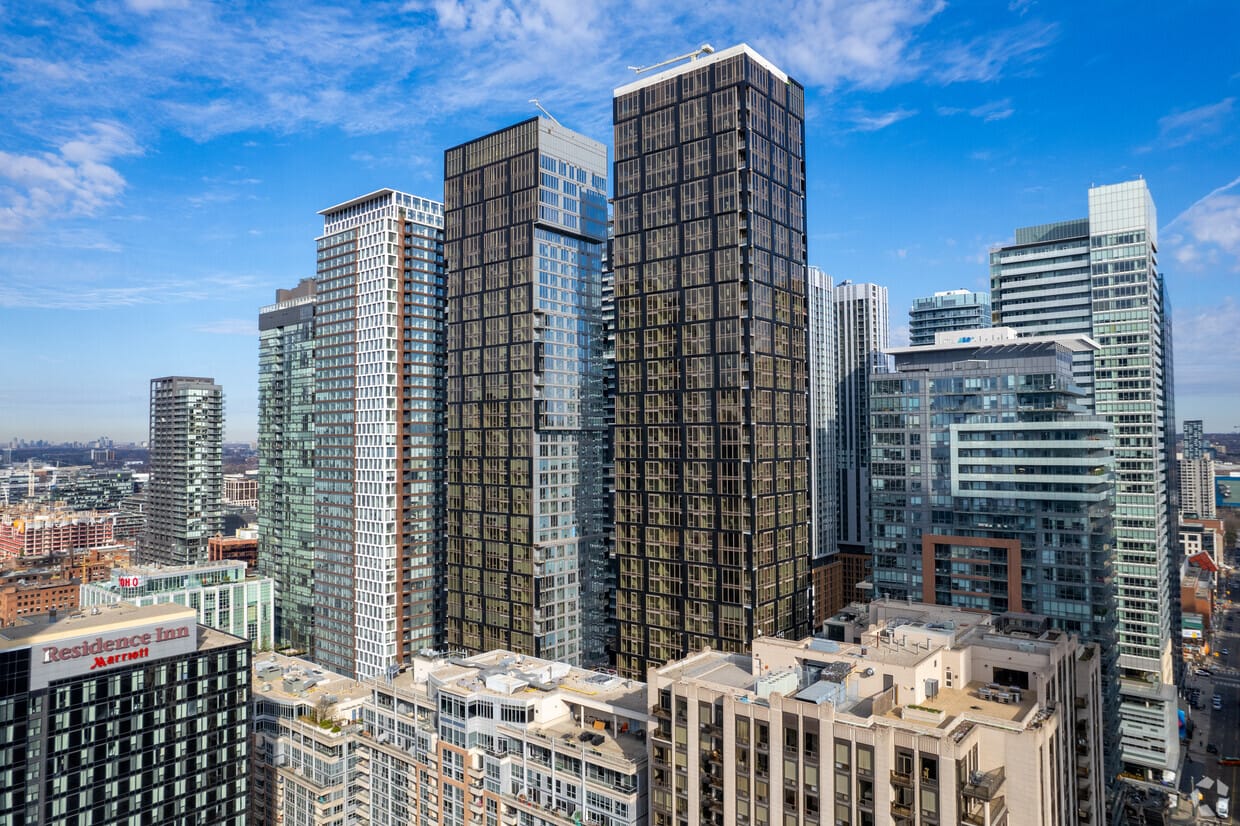If you live in a condominium building or a neighborhood that is run by an association, you’re most likely paying monthly homeowner’s association dues. This amount can differ based on your location and the property itself.
That money goes towards maintaining the building infrastructure, servicing costs and the reserve fund. This is a monthly savings account that covers the cost of major expenses such as roof replacement and A/C installation.
These things can last for decades, but you need a savings account that will pay for them when the time comes to replace them. Besides those long-term maintenance projects, you also have unexpected things that can pop up, such as leaking windows or any unexpected damage that happens on the property.
If you’re buying into a condo, review and investigate how much money the association has in savings. If you’re buying into a large property with 50 or more units, and they only have a small amount of money you’ll end up paying “special assessments” which is money that unit owners pay to cover the costs of emergency costs that should’ve been covered by a rainy day fund, aka reserve fund.
The biggest mistake that condo associations often make when calculating reserve accounts is not understanding the function of a reserve fund. That’s why we’ve put together a guide that’ll help you understand what exactly is a reserve fund and why it’s important.
Download our free reserve fund template/sample
Why have a condo association reserve funds?
When unit owners think of maintenance, they think of day-to-day or even seasonal maintenance. This includes things like lawn cutting, building painting or cleaning the common recreational facilities. However, it’s important to keep in mind that these common areas are physical items which will also deteriorate.
Most will have to be replaced or undergo a major renovation. It’s for this replacement or major renovation that capital repairs and replacement reserves are necessary. The point is to have the money available when the repair is needed.
Many associations that haven’t planned for future repairs and replacement end up having to ask for special assessments. These additional assessments are among the most unpopular actions that a board can take. It often places financial hardship on the owners, especially those who live on fixed incomes. But, proper planning can prevent this.
A capital repair and replacement reserve plan allow the association to determine future financial needs and spread the costs over time. It also enables the board to spread repair and replacement costs between current and future unit owners.
There are other reasons for having a reserve fund. It allows the association to maintain the aesthetic quality of common areas by keeping them in a state of good repair. This has a direct impact on the property values and the satisfaction level of the unit owners.
The secondary mortgage market looks at the association’s reserve plan prior to lending. The Institute of Certified Public Accountants now requires their auditors to disclose information in their reports regarding reserve funding. Basically, it’s just good business to have a reserve fund in place for inevitable long-term maintenance costs.
A well-run association should never have to face an additional assessment outside of a natural disaster that exceeds their insurance.
Common condo association reserve fund challenges
Some common excuses that condo associations hear from homeowners who don’t want to pay for reserve fund maintenance include:
“I won’t be living here when that maintenance happens” or
“I’ll be dead by then, why should I pay for it now?” or
“Won’t this make the assessment too high for me to sell my unit?”
These are all legitimate arguments if the owner was living in a single-family home instead of a community association. It would be their choice whether to save for the repair or to borrow money for it when the repair is needed. Or just to postpone the repair as long as they can. In many state/province, the law requires associations to maintain a reserve fund for the repair and replacement of major items.
But, in a planned condo development, it’s the association (not the individual) who’s responsible for the repair and replacement of the common areas. The association is required by its governing documents, to make those repairs.
Plus, it’s only fair that existing unit owners pay for the current wear and tear on the common areas, just as the new owners will have to pay for it during their residency.
Reserve fund planning
One of the first things you need to do when dealing with reserves is to ask your association attorney about your state/provincial laws and your governing documents. This is to make sure you’re doing what you’re legally bound to do. Even if your state law and documents don’t address reserves directly, consider the whole issue very carefully.
Why? Because to be a well-run association you need to make repairs when needed and associations should be on a pay-as-you-go basis.
Typically, a reserve plan comprises three parts:
- The reserve study
- How the reserves will be funded
- What to do with those funds
Compiling the reserve study
A reserve study comprises two parts: a component study and a funding study.
Because of the technical details involved and the critical importance of the study, some associations hire qualified firms to conduct one or both sections of the study. However, there’s no state/provincial law to prohibit a board of directors from conducting their own reserve study.
Just keep in mind that board members could expose themselves to potential liability if adequate funds aren’t set aside.
Hiring a professional reserve planning firm
Getting an outside firm to complete a reserve study comes with its own challenges. For instance, you need to develop a good set of specifications to get an accurate quote. One problem reserve planners face when trying to give associations a price on a reserve study is receiving poor or no guidelines on what the study should entail.
When that happens, associations end up with quotes that are all over the place. Luckily, we’re going to provide you with helpful information that’ll help you put together a good set of specs.
When reviewing the bids, an association needs to take great care in ensuring that the reserve planner they select is fully qualified to complete the study.
At a minimum, you should talk with other associations for whom they’ve completed studies. Ask to see a final work product, and maybe talk to the board members that work with them to see if they’re fully satisfied. Never contract for a reserve study until you’re comfortable that the people doing the study are qualified.
Once an association has hired a reserve planner to do the reserve study, it’s important to explain the scope of work needed. Typically, a full reserve study is one in which the following reserve study tasks are done:
- The component inventory: This is a list of all the physical components of the study. This list should feature an assessment of their current condition, an estimate of the remaining useful life, and the repair or replacement costs of each item.
- A status review of the current reserve fund and a formal funding plan.
- The “update with a site visit and on-site review”: This comes after a full reserve study’s been completed, to see if the reserve plan is on track.
Update with no site visit and offsite review: Here, the reserve planner must provide estimates of the remaining useful life, and repair and replacement costs for the reserve component.
If this is your first reserve study, we would strongly urge you to get the full reserve study done the first time.
What if you don’t have the funds to hire an expert?
There are many reserve study templates available for associations in this situation. However, they’re a short-term solution. The association board in question should also plan for the day when they can afford to get a normal reserve study by qualified people.
How is a reserve study done?
The first part of a reserve study determines which components of the association should be included in the study. A component is a physical item that will deteriorate over time and needs to be repaired or replaced. Let’s take a closer look at this preparation stage.
Reserve study preparation
Start with your association documents to determine which components should be included in the study. The easiest way to do this is to come up with a master list of all the physical components in the association.
Sit down with your attorney and review the list to make sure it includes everything and determine what the association is responsible for.
You might find some grey areas regarding responsibility. And this is a good time to clear those up. For instance, we sometimes consider windows and doors to be a part of the common areas but this isn’t always the case.
It’s also important to share this list with the unit owners. That way, they know what they’re responsible for and what the association is responsible for.
This reduces arguments over who is responsible for what. In your documents, areas may be defined as roads, sidewalks, buildings or maybe broken down into a more detailed listing.
In a condo association, this may include building structures, siding, porches, windows, doors, sidewalks, fencing, etc.
If you’re in a high-rise condo, this may include elevators, air handling systems, and other engineering equipment. When this part of the reserve study is done, the association often looks at the most basic and obvious items of the common areas, like roads, roofs, siding, and common recreational facilities.
When looking at mechanical equipment, don’t forget subsidiary items that are part of the overall system.
For instance, a swimming pool filtration system includes pumps, possibly heaters, piping, automated chemical feeders, and other items. With clubhouses, you’ve got the carpeting, furniture, and office equipment. These will all have to be replaced in time.
Once the list is finished, the board should determine what items it should take care of in the annual operating budget, and which items should go into the reserve plan. For example, cleaning the communal swimming pool is an ongoing maintenance expense, while we would consider the filter and pump replacement a capital expense. Cleaning the roads is a maintenance expense while top dressing or resurfacing them would be a reserve item.
Detailing of the individual items
Next, the board must collect information about the individual items. This will give you an estimate of the normal useful life of the component, its current condition, and its remaining useful life. That way, you’ll have estimated the repair or replacement cost for it.
Using the road as an example, how long should a road normally last? What condition is it now in? How old is it now? How much time before it needs to be repaired or replaced? How much will that cost?
You need to find some source of information to guide you if you’re not using a professional reserve planner. You may find some of this information from the manufacturer of the item in question or from trade associations that publish standards on the items. You may even have it in your own files if your association has replaced or repaired that item in the past.
Hopefully, your association uses modern filing systems like Condo Control Central’s property management software. It comes with a unique file library feature that allows you to store and organize an unlimited number of files.
Don’t forget that most life expectancy averages are based on national standards, and you may have to adjust for regional differences. Outside areas deteriorate faster in northern climates or near water (especially salt water) when compared to interior, drier climates.
You’ll also want to look at how the repair or replacement will be done where items overlap. For example, replacing the clubhouse roof means you’ll probably have to replace the gutters and downspouts as well even if their life expectancy is longer. So they should schedule the cost of replacing those items at the same time as the roof.
Assessing the conditions of the components
When preparing a reserve study it’s important to assess the condition of the components. The association bases this on an on-site visual inspection of the items termed “non-invasive”. This means the people doing the inspection don’t take core samples off the roads or dig up the common areas to inspect pipes.
If you’re concerned about a specific area and need to have more than just a visual inspection done, be sure to inform the reserve planner in advance when sending out bid information. If you’re doing the reserve study yourself, this is one area where you really need an expert to help.
The length of the reserve study
Next, you need to determine the length of the reserve study. This is the amount of time that the study covers. Generally, a reserve study should cover the time when general repairs or replacements will be accomplished. This could be 20, 30 or 40 years. At a minimum, the reserve plan should cover 20 years unless your state law requires a lengthier period.
The time period which you want the reserve study to cover should be included in the criteria you provide to your reserve planner.
Reserve funding
Check-in with your state law to see if it covers the area of reserve funding. Again, you must sit down with the association’s attorney and make sure you’re in compliance with the law. In some states, there’s simply a general provision for the maintenance of adequate reserve funds.
It’s the board’s responsibility to ensure that they’re putting aside adequate amounts. ‘Adequate’ is generally defined as “sufficient when the need arises”. This means you’ll have sufficient funds available when an item is scheduled for repairs or replacement.
There are a variety of methods available to determine how much money is needed by the association for reserves and when it’ll be needed. The method you or your reserve planner use is less critical than your understanding the information that method provides you with or what it means.
What does the financial portion of the reserve study reveal?
The financial study will reveal the current state of your financial funding compared to the projected expenses of the component study. It should recommend a plan for funding reserves as well. The plan should show you:
- Each of the components
- An estimate of when they must be replaced or repaired
- The replacement or repair costs
- The annual contribution required to meet the cost at that time
All funding plans should take into account inflation, interest earnings and taxes that will impact the reserve fund at any point in time.
Funding the reserve fund
The board is responsible for preparing the reserve plan. How the reserves are funded, is another issue. Here again, you’ll want to double-check your documents and your state law to see if they require full funding of the reserves. If they do, just get on with it. If they don’t, associations can raise funds through the following three ways:
- By raising association fees
- Through special assessments
- Borrowing (if your documents allow it)
It’s important to make sure all the owners know which method has been selected and what it means. That way, buyers moving into your community can make an informed decision about buying into your association. Plus, you’ll need a vote of the owners if you go for the “borrowing” option.
Note that you should have all the approvals from your preferred lending institution prior to making this method of funding a part of your reserve plan. You don’t want to count on being able to borrow, only to be turned down at a critical time.
Allocating funds
The next part of your reserve plan is figuring out what to do with all the money you’ve raised. The association to consider a reserve investment policy. This will guide the association on how to invest and allocate the reserve funds. As with anything, start with your association documents and your state law.
Since the board of directors has a fiduciary duty to maintain, protect and enhance the association’s assets, a conservative investment policy is the best course. Most association documents require that reserve funds be placed only in government-backed institutions. Even if your document doesn’t specifically require this, it’s by far the safest course in protecting the association funds.
All policies and procedures regarding the handling of or investment of the association’s reserve funds should be kept informal policies and adopted by the board. This provides continuity for future boards.
Things to consider before investing in reserve funds
When searching for potential investments in which to tuck away your reserve funds, consider safety, liquidity and earning potential.
– Safety
The association should limit who has access to the funds and how they may be moved or withdrawn. No one individual or firm should transfer or withdraw funds from the reserve account without prior approval. Also, reserve funds should always be kept in an account separate from operating funds.
At least two signatures, one of which should be a board member, should be required for any movement of the funds. It should require a board resolution to move or withdraw any of the monies. Be very, very careful about this. Reserve funds have been embezzled from associations by treasurers and managing firms. That’s why it’s important to place as many checks on this process as you can.
You should also consider safety regarding where the funds are placed. Government-backed securities, bonds or accounts are the safest and are probably where most reserve funds are currently placed.
– Liquidity
Liquidity means that you’ll have the funds available, in cash, when needed. For instance, you shouldn’t buy 10-year treasury bonds if you will need money in five years. The best way to handle this is to develop a strategy where you have a combination of short term and long-term investments, with some portion of them coming up for renewal or rollover every 3 or 6 months.
This gives you the benefit of tying in long-term higher interest rates while ensuring that some portion of this will be available, without penalty going forward.
– Earning potential
This last part concerns the return on your investment. While everyone would like the highest return, that usually involves the greatest risk. Since high-risk taking is not a goal of community associations, you probably won’t enjoy the highest return on our investment over the next few years.
However, aim to get the maximum amount of returns possible. Again, you may want someone from outside the association monitoring various interest rates and instruments.
Remember that there may be a $100, 000 limit on government-insured instruments or bank accounts. So don’t exceed that limit by putting all of your reserve funds into a single institution. Wherever you place the association’s reserve funds, make sure they’re covered by the Deposit Insurance Corporation (DIC), or Securities Investor Protection Corporation (SIPC).
Also, remember that there will be tax consequences to your investments. You need to discuss this with your investment adviser or your CPA to prepare the best plan to avoid paying unnecessary taxes.
How much should a condo association have in reserves?
There is no magic number. If you’re in Florida, the answer will be different from an association in New York or Toronto. However, the following five factors will determine what your community’s magic number is with reserve funds:
- Repair and replacements costs
- The investment return on your reserve fund
- The financial impact of an assessment increases. This means, how much can you raise your assessment to fund reserves in a way that homeowners can afford?
The ability to get financing. This is important because if you expect to get a loan from the bank, it expects you to have minimum reserves and keep a certain reserve level during the term of the loan.
Conclusion
Every condo association has one thing in common- physical assets that the association is responsible for. These common assets may be as simple as an entryway or as complex as the engineering component in a high-rise condominium. Either way, they must undergo repairs or replacements at some point in the future. That’s why it’s important that every condo association should have a healthy reserve fund account.
Plus, buyers will also look at the amount you have in reserves. A healthy reserve account will help you lower assessments for major projects and mortgage lenders look at this figure closely. That’s why it’s good business to have a sound reserve account at all times.
Download Template
Download our free Reserve fund template/sample

